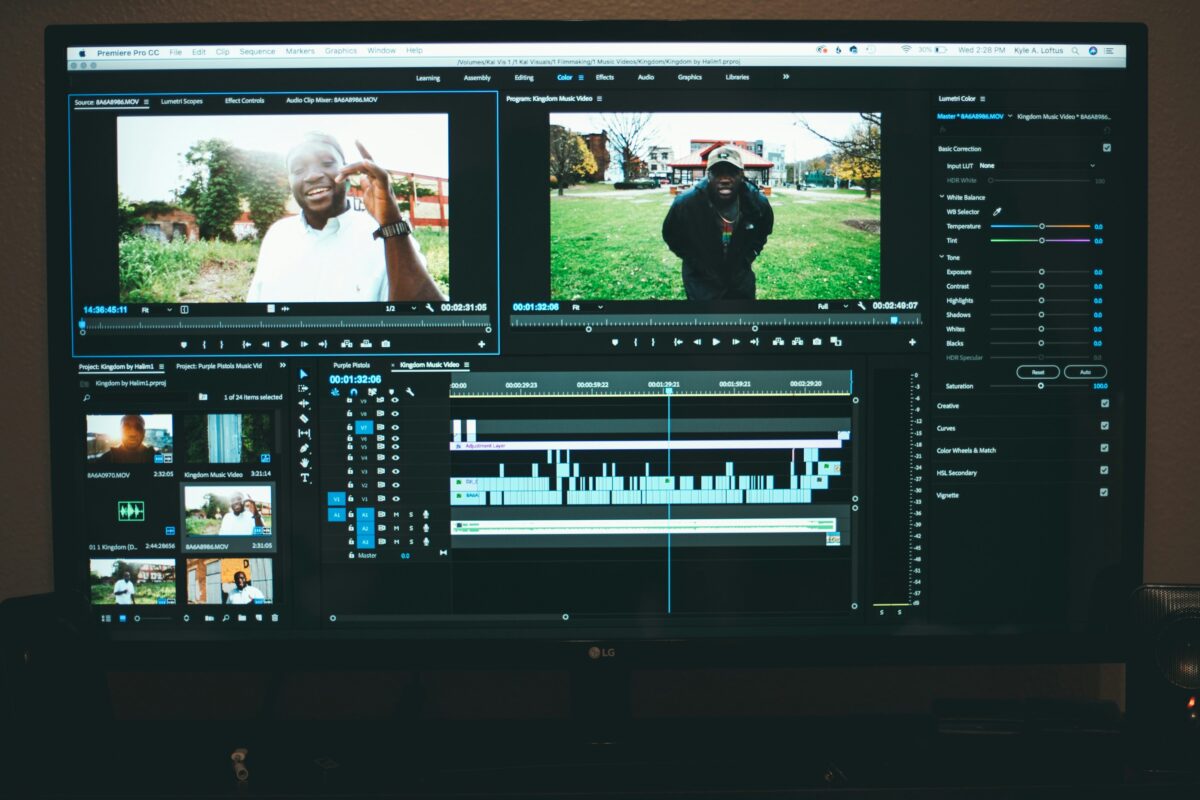8 Common Brand Video Mistakes and How to Avoid Them
lensheadmedia
on
June 4, 2025
Creating a brand video is one of the most effective ways to tell your story, grow your reach, and build trust with your audience. But making a strong video does not happen by accident. When businesses jump into production without a plan, the end result often misses the mark, eats up budget, or just falls flat.
At Lens Head Media, we have worked with clients across industries who wanted one thing: a video that actually works. Over the years, we have seen what leads to a successful project and what tends to trip people up. If you are thinking about creating a brand video for your company or campaign, make sure you steer clear of these eight common mistakes.
1. Skipping Strategy and Going Straight to Filming
When a team decides they want a video, the first instinct is often to start writing a script or scheduling a shoot. But jumping into production without a clear plan is a recipe for confusion. A well-made video with no goal behind it rarely delivers results.
What to do instead:
Start by outlining your objectives. Who is this video for? What do you want them to do or feel after watching? Whether your goal is to raise awareness, drive engagement, or train your team internally, your strategy should shape every creative choice that follows.
2. Trying to Fit Everything into One Video
Many companies feel the pressure to include every product detail, brand message, leadership quote, and company milestone in one video. The result? An overloaded script that is hard to follow and even harder to remember.
What to do instead:
Keep it focused. Aim for one primary idea or message and build the story around that. You can always create a series of shorter videos to explore other angles. Simplicity is not a limitation—it is what helps your message stick.
3. Ignoring the Importance of Pre-Production
This is where a lot of projects fall apart before they begin. Pre-production might not feel glamorous, but it is where your entire video comes to life on paper. Without a solid plan, even a talented crew will struggle to deliver results.
What to do instead:
Take the time to lock down your script, approve visual references, confirm shoot locations, and assign roles clearly. The more you prepare ahead of time, the smoother the production day will go—and the less you will spend fixing problems afterward.
4. Using the Wrong Tone for Your Audience
Sometimes a company tries to sound trendy, slick, or overly dramatic because they think that is what a brand video should be. But if the tone does not match your brand personality or your audience’s expectations, the message will fall flat.
What to do instead:
Know your audience and speak their language. If your customers value clarity and professionalism, do not go for comedy just to stand out. If your audience is younger and more casual, do not lean too heavily into corporate speak. Let your voice match your brand and your market.
5. Forgetting to Include a Clear Next Step
A brand video is more than a visual introduction—it should drive action. If you do not tell your audience what to do next, most of them will do nothing. That means no conversions, no signups, no clicks.
What to do instead:
Decide on your call to action before production begins. Whether you want viewers to visit your website, book a consultation, or subscribe to your updates, make it clear through both visuals and narration.
6. Using the Same Version Everywhere
One size rarely fits all when it comes to distribution. A full-length video made for your homepage probably will not perform well on a mobile feed or a social platform. Each channel has its own ideal format and length.
What to do instead:
Plan ahead for where your video will live. You may need shorter versions for Instagram or square crops for LinkedIn. A strong production team will help you build the right content for each platform from the beginning so you can get the most out of your investment.
7. Hiring the Cheapest Option Instead of the Right Partner
Budget matters, but choosing your video partner based only on price often leads to bigger problems later. We have had more than one client come to us asking to fix a project that went sideways because they chose the lowest bidder.
What to do instead:
Look at the full picture. Does the team understand your goals? Do they offer creative input and a clear process? Can they show you completed work that matches your needs—not just flashy demo reels? A video that performs well is always worth the right investment.
8. Treating Editing as an Afterthought
Capturing footage is just the beginning. Editing is where pacing, tone, storytelling, and branding come together. If post-production is rushed or unplanned, the whole video suffers.
What to do instead:
Bring your editor and creative leads into the process early. Talk about music, graphics, captions, and animation before you shoot. Give yourself time for feedback and polishing so the final version reflects your brand at its best.
Make the Video You Meant to Make
A successful brand video starts long before the camera rolls. It begins with a clear purpose, a focused message, and a smart plan. When done right, it becomes more than just content—it becomes a tool for connection, growth, and lasting impact.
At Lens Head Media, we help companies build videos with intention. We do not just shoot—we shape your story from the first idea through the final cut, with creative strategy baked into every step.
Ready to bring your brand to life on screen?
Contact us! Let’s create something that works.












